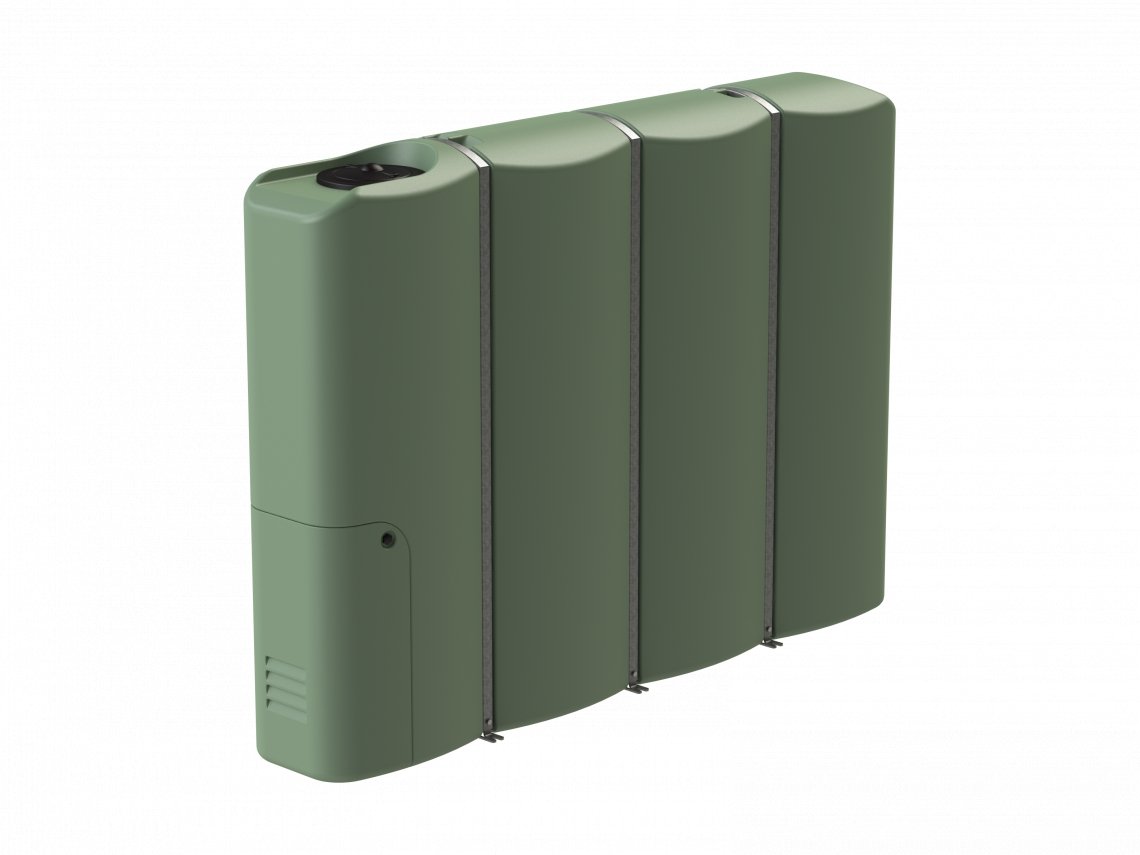What Slimline Water Tank Is Right For Me?

Water storage tanks come in different shapes, sizes, colours, and materials. What type and size tank you need will depend on what it will be used for and where you live. Slimline water tanks are a great fit for most people especially those living in urban or metro areas where space is limited.
Their narrow design fits in tight spaces, hides from sight, and takes up less space than traditional large round tanks. Here are a few specifics to look at when deciding which tank is right for you.

Water Usage
How much water do you use in your home? And are you using your water tank for all your water needs? This will account for showers, drinking, washing the car, and other daily tasks. If you are using your slimline water tank for all of your daily needs, this means a family of four would use around 1000 litres of water per day from the tank.
Many families are using this water for only outdoor needs, which means they'll use about half of that 5,600 litres per week from the tank.
Materials
Another item to consider is the material of your tank. Tanks can be made from concrete, polyethylene, and stainless steel. It seems like it would be ideal to go with concrete, but that isn't often the case. Here's a comparison of the materials and how polyethylene can benefit you.
Slimline tanks are made from polyethylene, a type of plastic, and come in a variety of colours so they can blend in discreetly with their surroundings. They are lightweight, watertight, and can be moved from location to location on your property. They are also easier and less expensive to install. These tanks are resistant to cracking and don't corrode or rust as other tanks can. This makes them a great option for most homeowners.
Concrete water tanks are heavy and massively large. They are hard to transport to remote locations and expensive to do so.
Cracks and leaks are common in concrete water tanks because of the porous material from which they are made. This means you will need routine inspections done on your tank for safety. Concrete tanks often are only available in two sizes, which means you may not get what you're looking for in terms of size.
Stainless steel tanks require a solid foundation — once put in place, they must stay where they were put. Moving them may diminish their structural integrity. Corrosion can occur at the joints and rivets, and salty seawater may cause them to rust or corrode.
Occasionally, weak spots will appear where the base of the tank is joined with the sides, so do your homework and find a reputable tank before purchasing a stainless steel one. The quality of water of these tanks is the same as with the polyethylene tanks.
Cost
Consider your budget when looking for a tank. Concrete tanks always cost more than polyethylene and stainless steel tanks, mostly because of the extra costs required to transport and install the tanks. Polyethylene and stainless steel tanks are comparable in cost, and you will most often recoup this cost within a few years of purchasing your tank. Prices are dependent on the size you buy and can range from $900 to $5,000, depending on materials and size. When weighing up pricing, also look into what warranty is offered on the tank you’re looking to purchase. A more expensive tank may come with an extended warranty which will work out more cost-effective in the long run.
Find Your Tank Through Rural Water
Purchasing a water tank can be a great money saver as you collect rainwater and repurpose it for your use. Finding the right tank may take just a bit of research and a little time figuring out your water needs, but it is well worth the time spent. If you have any questions on which tank is right for you or specifically, slimline water tanks, contact our experts at Rural Water. We take all the guesswork out of buying a water tank and also offer free slimline water tank quotes! Arrange your free quote here today.

